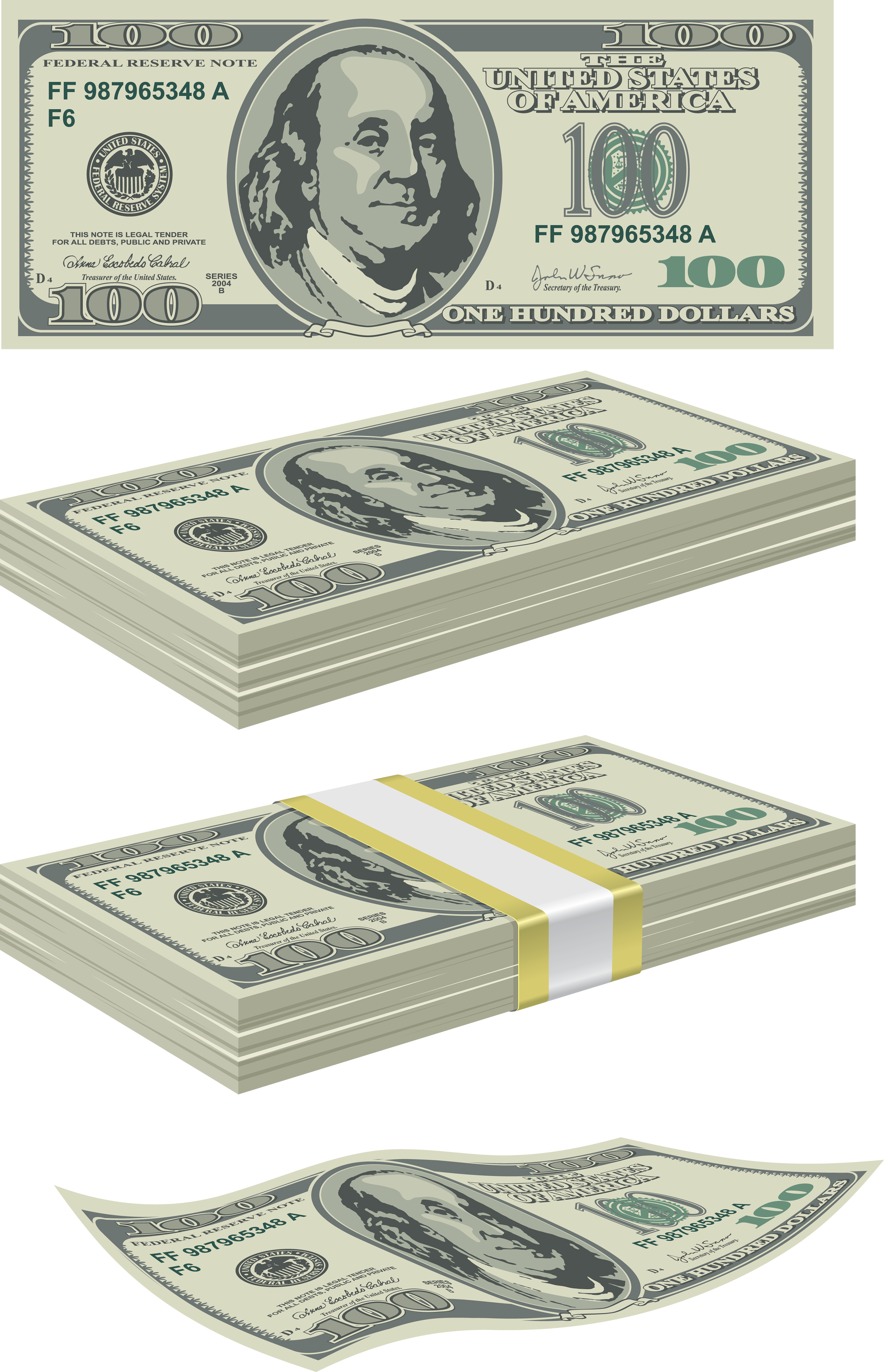What is Debt Relief?
Debt relief is a way to reduce or eliminate outstanding debts that a person may have, either partially or completely. It is designed to help people who are unable to pay their debts due to unforeseen circumstances such as job loss, medical emergencies, or increased expenses. Debt relief programs can help you reduce the amount you owe and lower your interest rates, making it easier for you to manage your finances. Find extra details about the topic in this external resource we’ve specially prepared for you. debt relief, access valuable and complementary information that will enrich your understanding of the subject.

Types of Debt Relief Programs
Before starting a debt relief program, it is important to know the different types of programs that are available. Some of the common debt relief programs include:
Pros and Cons of Debt Relief Programs
While debt relief programs can help provide financial relief, there are several factors to consider before enrolling in one. Here is a list of the pros and cons of debt relief programs:
Pros
Cons
How to Choose the Right Debt Relief Program for You
Choosing the right debt relief program can be overwhelming, but knowing what to look for can make it easier. Here are some factors to consider when choosing a debt relief program:
Accreditation
Make sure that the program is accredited by the National Foundation for Credit Counseling (NFCC) or the Financial Counseling Association of America (FCAA). Accreditation ensures that the program is trustworthy and has a good reputation.
Fees
Enrolling in a debt relief program can be expensive, so make sure you review the fees and any hidden charges associated with the program before signing up.
Expertise
Choose a program that has experienced debt counselors who can guide you throughout the process. They will help you create a workable plan, communicate with your creditors, and avoid future debt problems.
Transparency
Navigate debt relief programs that are transparent about their processes, services, and fees. They should explain how the program works, the risks and benefits, as well as any other information that’s relevant to you. Access this external site to expand your knowledge of the subject. settle debt.
Conclusion
Debt relief programs can be a lifesaver for people facing financial hardships due to unforeseen circumstances. It’s essential to understand your options and choose the best program that suits your needs. With the right debt relief program, you will be able to manage your finances better, reduce your debt, and start a new and healthy financial journey.
